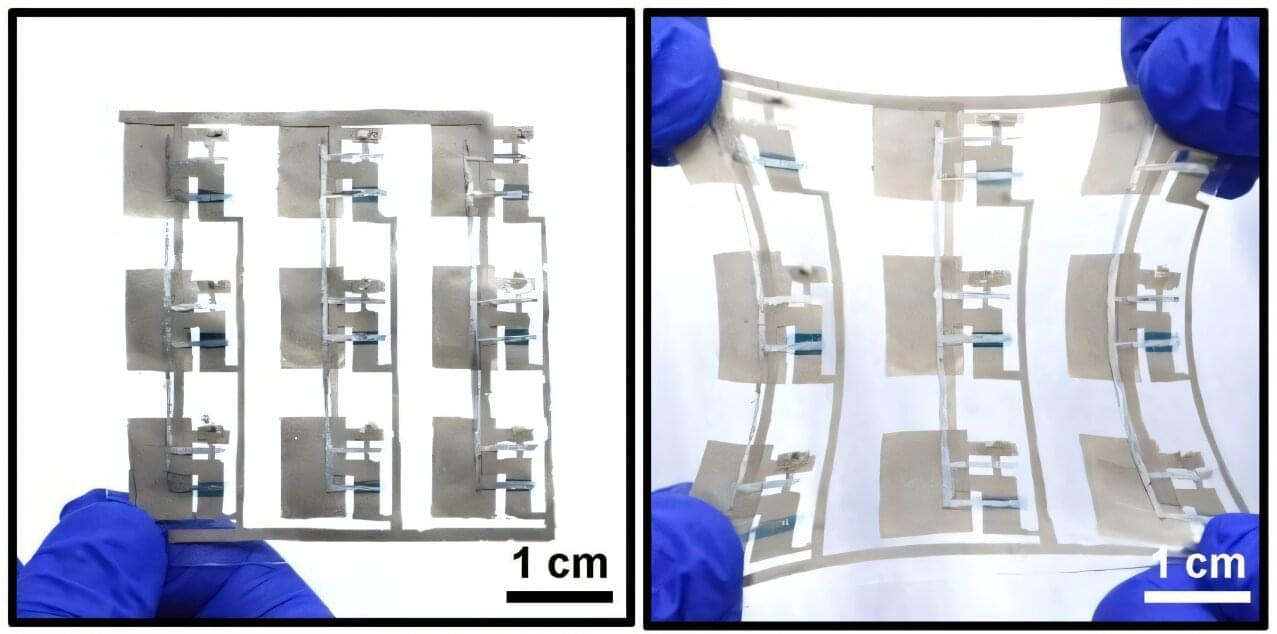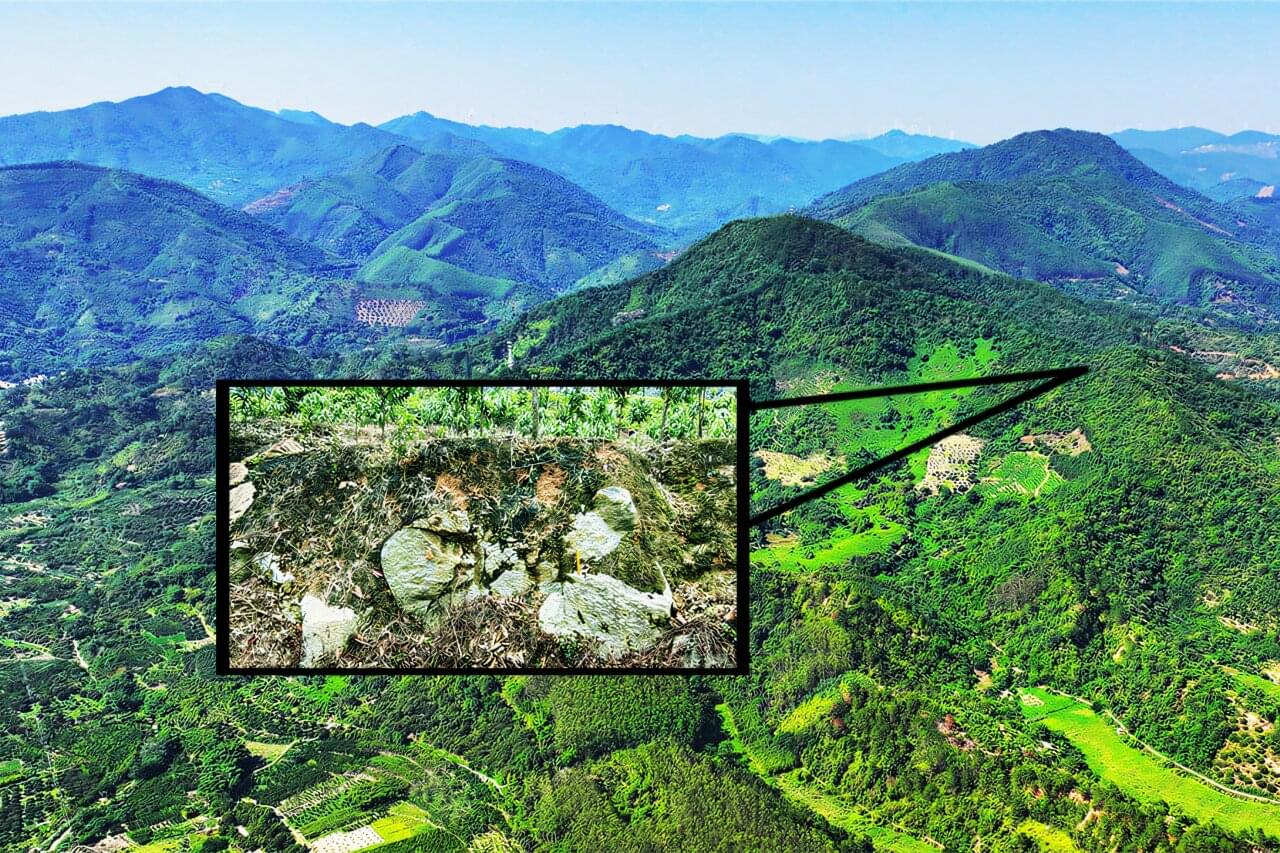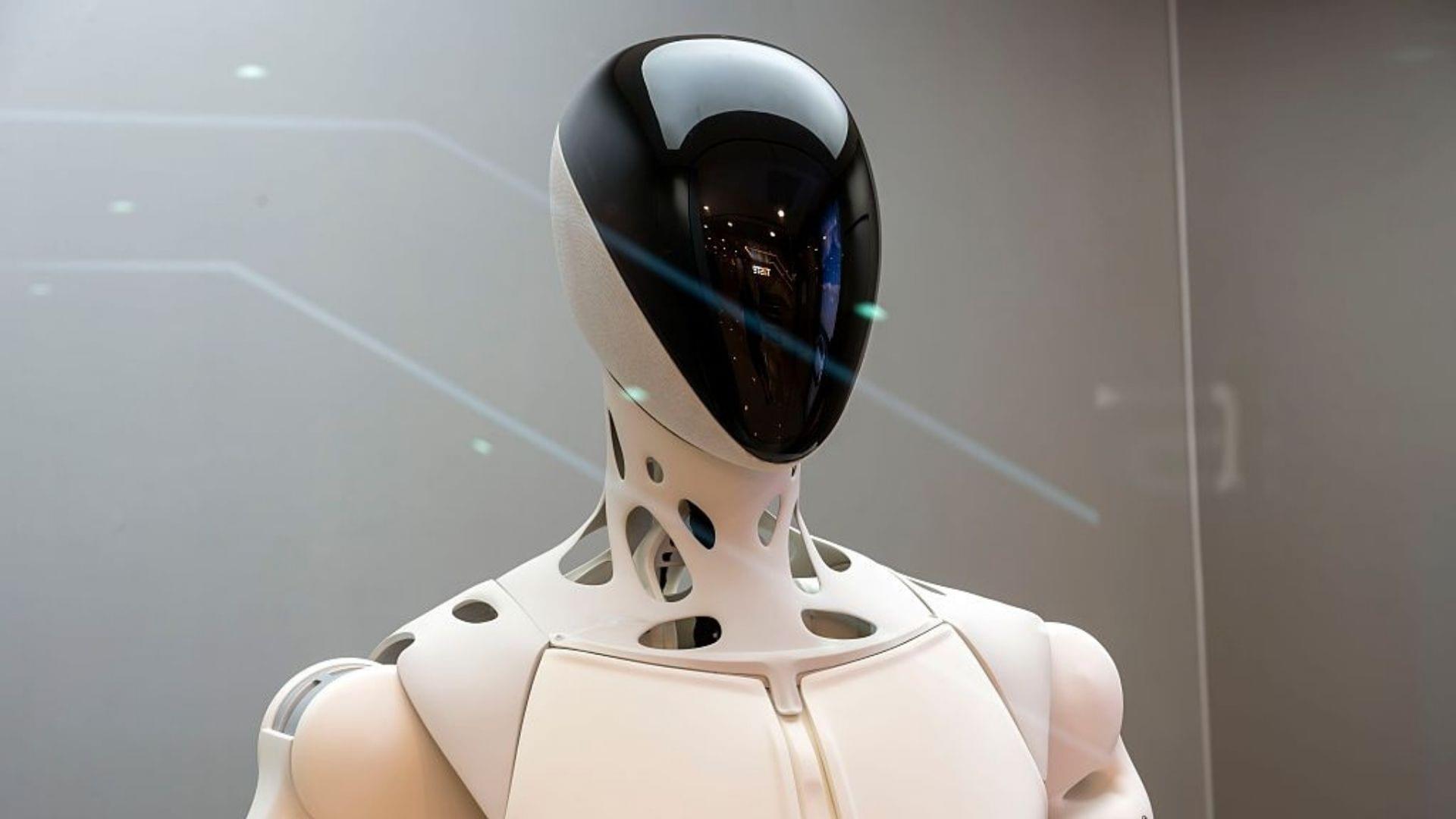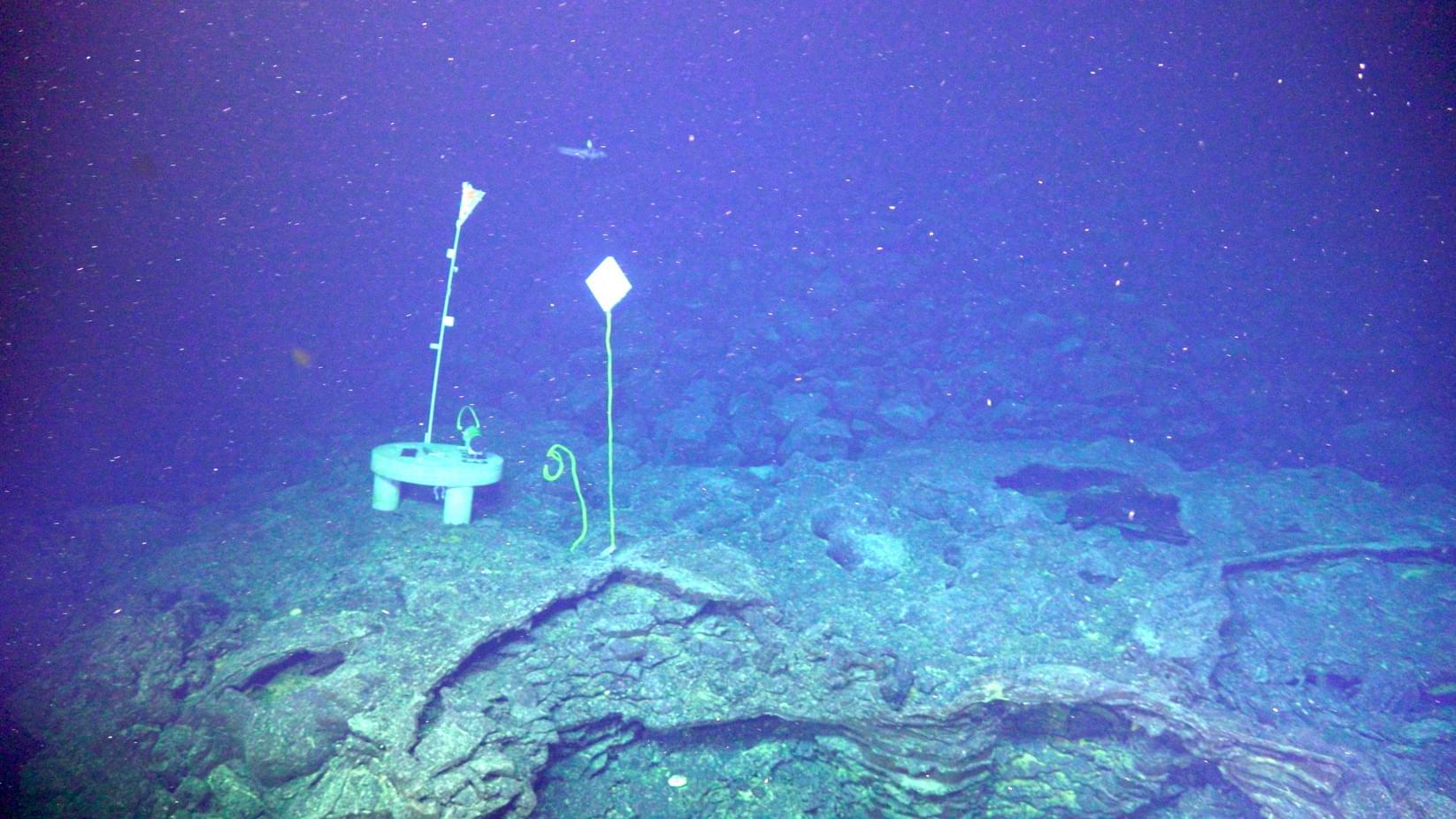How a scientific mistake derailed Mars exploration for 50 years. What if Viking actually did discover life on Mars? See blog with our link to eLetter in Science at.
(https://bigthink.com/hard-science/how-a-scientific-mistake-f…ploration/)
All blogs and their links also on my website searchforlifeintheuniverse.com
In 1976, NASA’s Viking landers searched for life on Mars. The Viking team announced Mars was lifeless — but the data was ambiguous.









